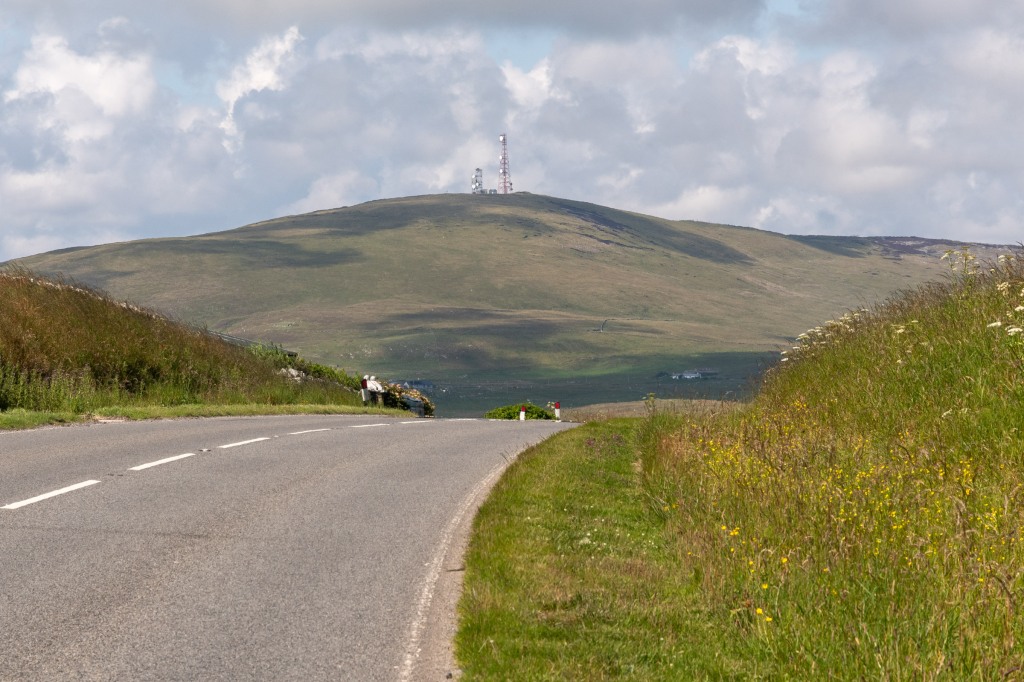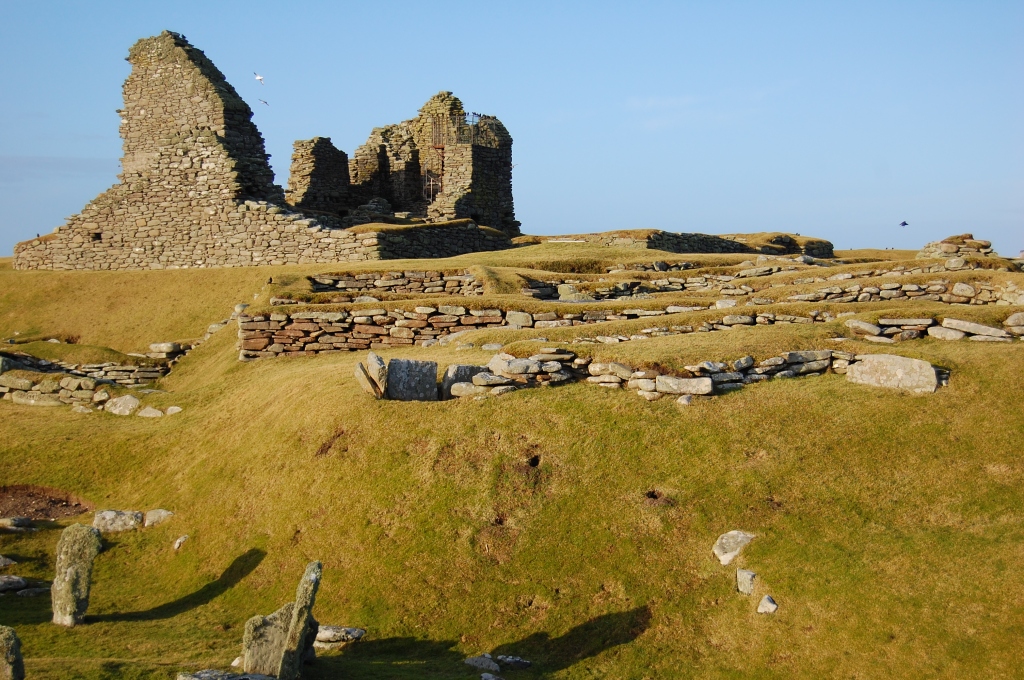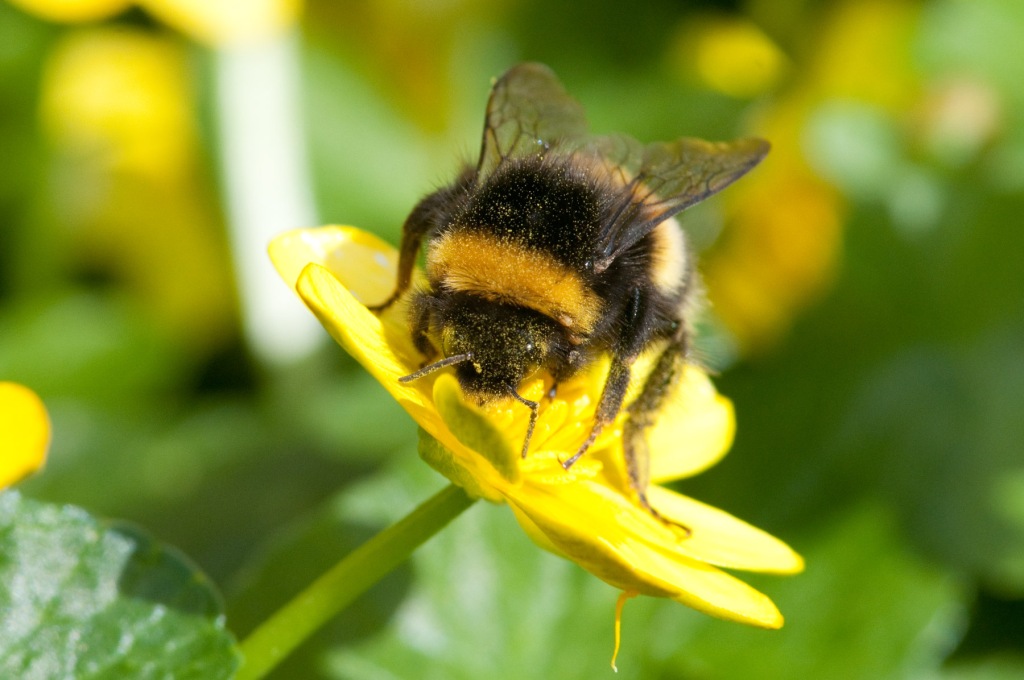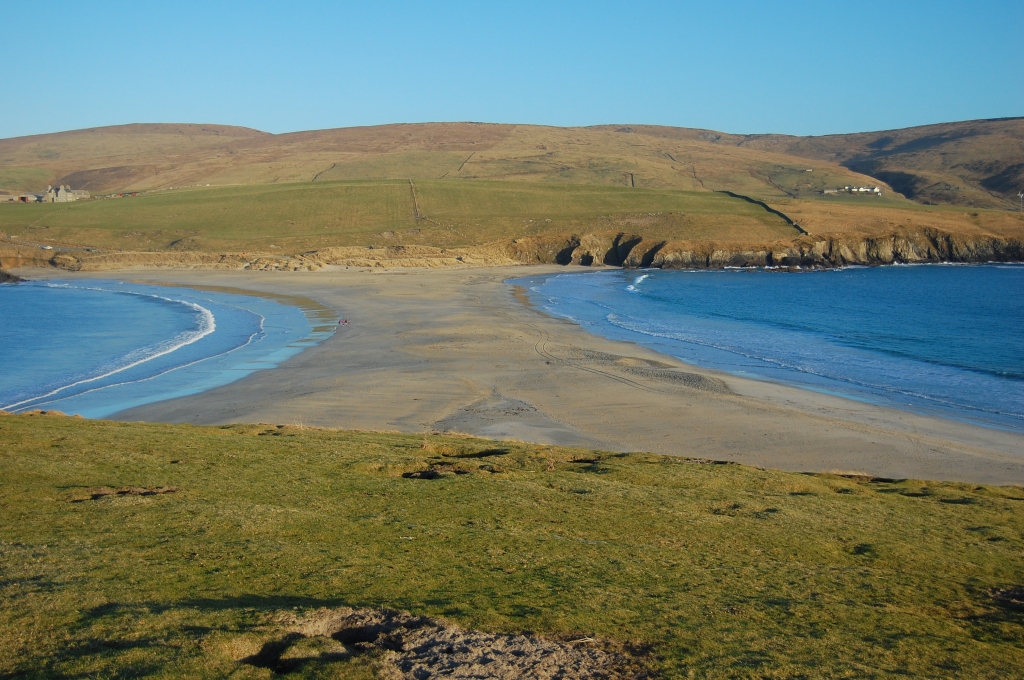One of the first naturalists to capture my imagination was Bobby Tulloch of Shetland. His tales of otters and snowy owls captivated me, and brought a touch of the northern isles and ‘simmer dim’ into my New Town home in East Kilbride. Tulloch was, to borrow a good old Scottish phrase, a ‘Lad o’ Pairts’, an all-rounder, and his photographs of flowers and ferns suggests he probably had a keen eye for the less obvious and smaller species like pollinators.

Few of the actions that help pollinators embrace glitz or glamour. Often the actions that deliver most are cheap and easy, requiring minimal investment. Indeed, in many instances it is simply to manage things differently, to ease back a little, that makes a telling difference.
Shetland Islands Council has taken a leaf from that book and introduced a few measures which give nature a helping hand. For example, they have amended their roadside verge cutting policy. This means verges are often only being cut for safety reasons, for example in visibility splays, at junctions, and where pedestrians require access to the verge so as they can easily step off the road to avoid approaching traffic. It’s a sensible and pragmatic approach.
Another welcome development is very much ‘on the money’ in terms of modern environmental actions. Shetland Islands Council has begun to replace some conventional street lighting with LED equivalents. This has brought a new look to many lamp-posts around Shetland. The new ‘down lighters’ are not only fantastic when it comes to reducing light pollution, but by being deliberately dimmed after midnight they deliver a further aid to local wildlife, especially night-flying pollinators such as moths. This sympathetic action adds a whole new meaning to ‘northern lights’.

Across Scotland altering mowing regimes on public greenspaces is an action that many councils are embracing. In Shetland this has caught hold too, with some large areas of grass, which were previously cut several times during summer months, now being left to grow naturally. It’s another rather simple, basic step, but one which is potentially a fantastic boost for biodiversity. In places the only cutting is beside footpaths, with a narrow edge strip being the only intervention needed. This leaves an extended area that was previously cut on a regular cycle, undisturbed for wild birds, insects and small mammals.

Lerwick is Shetland’s largest community. Just over 7,000 people live in the town and they will have noticed the changes made at Jubilee Flower Park. Originally waste ground, the park was created by the council in the early 1950s and rapidly became a popular spot. The Council has recently adopted a policy in the park of no chemical use when it comes to eradicating weeds. Instead, these are manually removed by hand and the park is rapidly becoming a sanctuary for wildlife. And that’s not the only change that has been eased in. Around the perimeter of the park, walls and fences are being used for growing a wide variety of climbing plants, which of course will provide shelter and a food source for invertebrates and birds. On a windy island the walls are much appreciated, by people and nature.
Many will be familiar with the vibrant wildflowers that pepper Shetland, such as red campion and pink sea thrift. When it comes to gardening, however, the challenge is considerable. Yet to visit Jubilee Flower Park is to wander into a scene framed by a range of impressive plants. From elder, hebe and flowering currant, through to lupins, oxeye daisy and poppies there is floral variety that bees and other pollinators will eagerly exploit.

There is a sense that Shetland is at the start of its pollinator journey, and the actions of today will hopefully be bolstered by increasing steps to help pollinators. With further improvements and refinements the picture should look increasingly rosy.
The Shetland Isles are rightly famed as a nature haven. Understandably there is a big focus on the fantastic bird life, the thrilling marine wildlife, but there is much more besides. Shetland Islands Council is doing its bit to help pollinators in what can be a testing environment. I’m pretty sure Bobby Tulloch would have approved of their efforts.
Links:





























